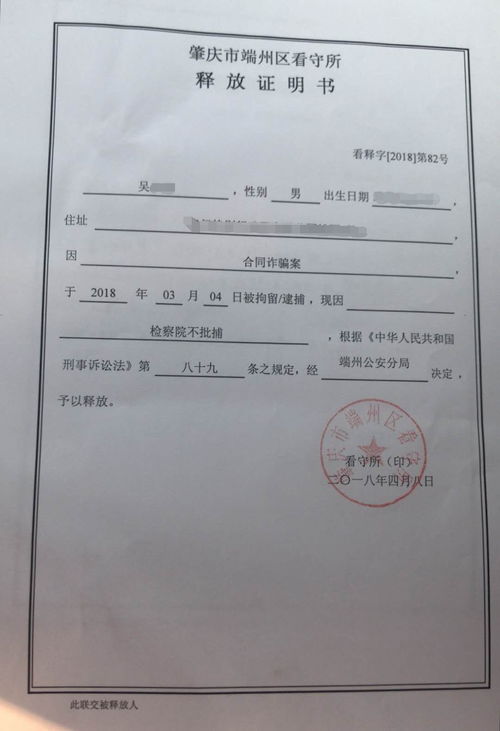工程法律法规大全
Engineering Legal Documents: A Comprehensive Guide
Engineering projects often involve complex legal aspects to ensure compliance, mitigate risks, and protect the interests of all parties involved. This comprehensive guide outlines key legal documents commonly used in engineering projects, along with their purposes and essential components.
1. Contract Agreement
Purpose:
The contract agreement is the foundation of any engineering project, outlining the terms and conditions agreed upon by the involved parties.Essential Components:
Parties Involved:
Clearly identify the contracting parties, including the client, contractor, subcontractors, and any other relevant entities.
Scope of Work:
Define the project scope, objectives, deliverables, and milestones in detail to avoid misunderstandings.
Payment Terms:
Specify the project cost, payment schedule, invoicing procedures, and any penalties for late payments.
Duration and Timeline:
Establish the project timeline, including start and end dates, as well as any milestones or deadlines.
Insurance and Liability:
Outline insurance requirements and liability responsibilities for each party to mitigate risks.
Dispute Resolution:
Include provisions for resolving disputes through negotiation, mediation, arbitration, or litigation if necessary.
Termination Clause:
Define conditions under which either party can terminate the contract, along with any associated consequences.
2. Engineering Services Agreement
Purpose:
This agreement formalizes the relationship between the engineering firm or consultant and the client, outlining the services to be provided.Essential Components:
Scope of Services:
Clearly define the engineering services to be rendered, including design, analysis, consulting, or other specialized tasks.
Responsibilities:
Specify the duties and responsibilities of both the engineering firm and the client to avoid misunderstandings.
Intellectual Property Rights:
Address ownership and usage rights of any intellectual property developed during the project.
Confidentiality:
Include provisions to protect confidential information shared between the parties during the project.
Indemnification:
Define the extent to which each party agrees to indemnify and hold the other party harmless from liabilities.
Professional Standards:
Ensure that the engineering services will be performed in accordance with industry standards and best practices.
Regulatory Compliance:
Commit to complying with relevant laws, regulations, codes, and standards throughout the project. 3. Subcontractor Agreement
Purpose:
When subcontractors are involved in an engineering project, this agreement formalizes their roles, responsibilities, and relationships with the primary contractor.Essential Components:
Scope of Work:
Clearly outline the subcontracted services or tasks to be performed by the subcontractor.
Payment Terms:
Specify the payment structure, rates, and schedule for subcontracted work.
Performance Standards:
Establish quality standards and expectations for the subcontractor's work.
Insurance and Liability:
Address insurance requirements and liability responsibilities specific to the subcontractor.
Termination Clause:
Define conditions under which either party can terminate the subcontractor agreement. 4. NonDisclosure Agreement (NDA)
Purpose:
An NDA protects sensitive information exchanged between parties during the course of the engineering project.Essential Components:
Definition of Confidential Information:
Clearly define what constitutes confidential information under the agreement.
Obligations of Parties:
Specify how the receiving party must handle and protect confidential information.
Exceptions:
Outline any exceptions where confidential information can be disclosed, such as with consent or by court order.
Duration:
Specify the duration of the confidentiality obligations, typically extending beyond the project's completion.
Remedies for Breach:
Define the consequences of breaching the NDA, including injunctive relief and damages. 5. Change Order
Purpose:
Inevitably, changes may arise during the course of an engineering project. A change order documents these changes and their impact on the project scope, schedule, and cost.Essential Components:
Description of Change:
Clearly describe the requested change, including its rationale and implications.
Revised Scope, Schedule, and Cost:
Detail how the change affects the project scope, timeline, and budget.
Approval Process:
Specify the procedure for approving the change order, including signatures from relevant parties.
Implementation:
Outline how the change will be implemented and integrated into the project.Conclusion
Navigating the legal aspects of engineering projects requires careful attention to detail and a thorough understanding of the relevant contracts and agreements. By utilizing the aforementioned legal documents effectively, engineering firms can establish clear expectations, mitigate risks, and ensure successful project outcomes. Always consult with legal professionals experienced in engineering law to tailor these documents to specific project needs and local regulations.











